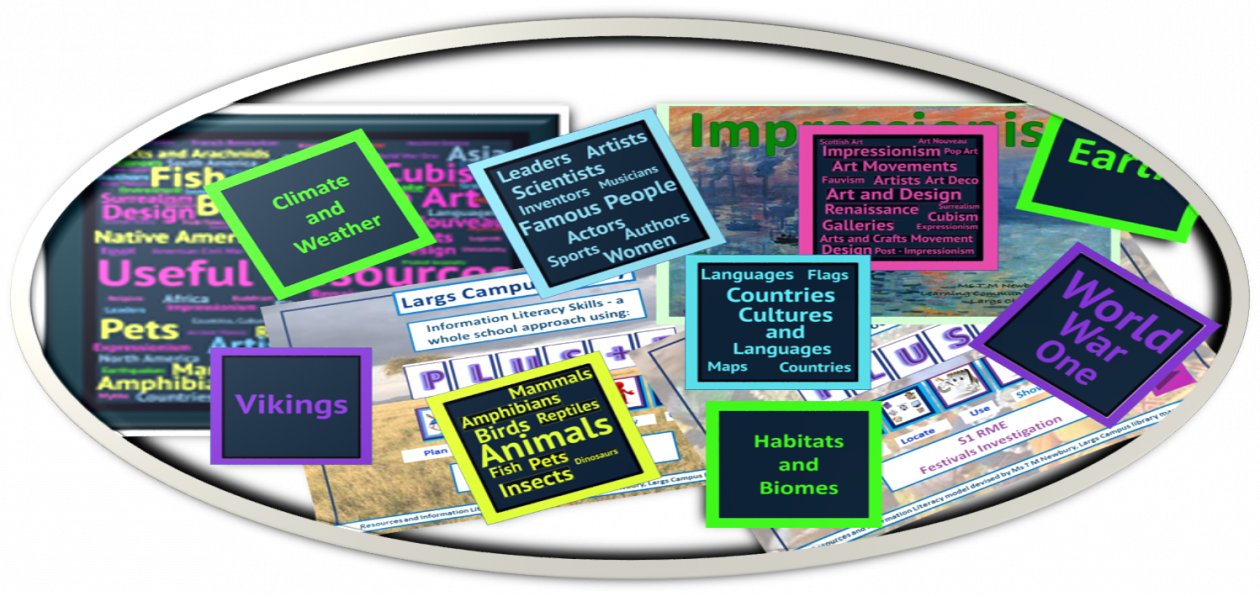
PLUS + E: help and support with every stage of your research!
USE the information you’ve found


This page can help you to: understand why note making skills are important;explain how to make good notes; explain the difference between passive and active note making; consider different techniques for good note making; understand different types of systems for good note making
 Why is note making important?
Why is note making important?
Good notes can be a powerful learning tool if you engage properly with the process – here are some reasons why:
1. Good notes will help you to remember the information you find; without making a note of what’s important, you are likely to forget much of what you read
2, Making good notes will help you to identify key ideas,to think about what’s most important before deciding what to make notes on
3. Making good notes helps you summarise the information you’ve found: when you need to look back over information, you should be able to use your notes, rather than the original source to remind you of the key points
4. Good notes should in your own words. If you are able to do this, it shows that you’ve understood the information you’ve found
5. Making good notes help you to organise your information so that you can set out your final piece of work in an ordered and logical way
 How do I make good notes?
How do I make good notes?
The key to good note making is to make it an active, rather than passive, process. Good note making involves much more than copying down information: it’s a process of close reading, thinking and analysis before identifyng the most important points and making notes on them
The active note-making process – reading, thinking and understanding
This is one of the parts of the research process which will require most work. Remember that the reason for doing research is to show how much new knowledge you have gained on the topic – you will not be able to do this unless you read the information carefullywhile thinkingabout it, and making sure you understand it.
However, if you carry out this step of your research properly it will pay off in the next step (Show: demonstrating what you know), when you are ready to create your own piece of work, as you will have gained knowlledge of your topic which you’ll be able to present in an informed and logical way.
First, read over the page or passage to decide what information it provides, using the reading skills covered in Locate: finding the right information (skimming, scanning, close reading).
Skim the passage or page to get a general idea of what it’s about; note any titles of headings, anything underlined or diagrams, pictures or maps that may be included
Scan to see if it has the specific information you need. Once you have decided which parts are most relevant for your research, go back to read carefully to make sure you understand it
Then engage actively with the text by asking questions:
does this provide the information I need?
is there any information that this resource doesn’t provide?
which parts are particularly relevant? be selective – too many notes mean you won’t be able to recognise the key pieces of information
has the information made me think of other questions?
do I understand it?
can I explain it in my own words?
The difference between passive and active note making
Active notemaking is:
There is a number of techniques you can use, depending on the format of the resource you’re using:
If you have a printout or photocopy you could highlight the key information, or take another approach and score out all the information that’s not important
Consider using similar techniques with online information – try copying a passage on to a Word document then highlighting or deleting information as appropriate
(see the video on the Trash or Treasure technique below)
Use margins for additional notes or any questions that occur to you
If you are using a book/journal/newspaper you could use a colour-coded system of post it notes for different types of information and use them to add your own questions or comments
Compiling your notes
Remember to include the source of the information (books, newspapers, websites, etc) – you will need this for your bibliography
Keep it short! – summarise: explain what you have learned in as few words as possible
Notes should contain key points only (the most important information)
include examples (if given), or relevant names or dates
– use bullet points, not sentences
– take out all unnecessary words: the, and, or, his, etc
– use abbreviations or symbols add any shortcuts: remember these notes are just for you – they are not the finished piece of work! – grammar and punctuation are not important at this stage
– use diagrams or pictures to explain concepts, if you find this easier
– at the end, always ask – do they make sense?
Ways to make your notes more meaningful:
underline or highlight main points so that they stand out
use different colours of pens or highlighters for headings, quotes, and important pieces of information
leave space so you can add to the notes from other resources you may use later
Keepng notes organised: note – making systems
Linear
Some people like to organsie their notes in a linear format.
This is the most traditional and straightforward method. It consists of a list of headings arranged by main topics, sub topics and other divisions you want to add. Information is added to the appropriate heading, and more headings can be added, if required
Example:
Mind maps
You might have used a mind map during the first stage of your investigation: Plan, ,to write down the keywords you wanted to use for your research. Mind maps are a great way to record your notes and keep them organised under the headings you need.
The Cornell system
Click below to see how the system works:
Download your own blank copy here:
More resources for Independent Learners
The Cornell note-making system : more support for independent learners
More information on the system from Cornell University,

Good notes. com explains the benefits of the Cornell note making system
 A YouTube video on the Trash or Treasure technique
A YouTube video on the Trash or Treasure technique
 iStudy – the 5 techniques of note making
iStudy – the 5 techniques of note making

